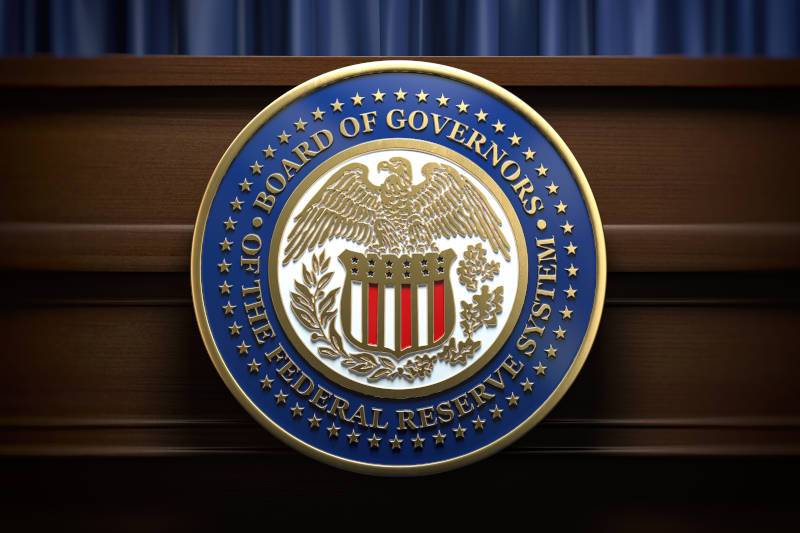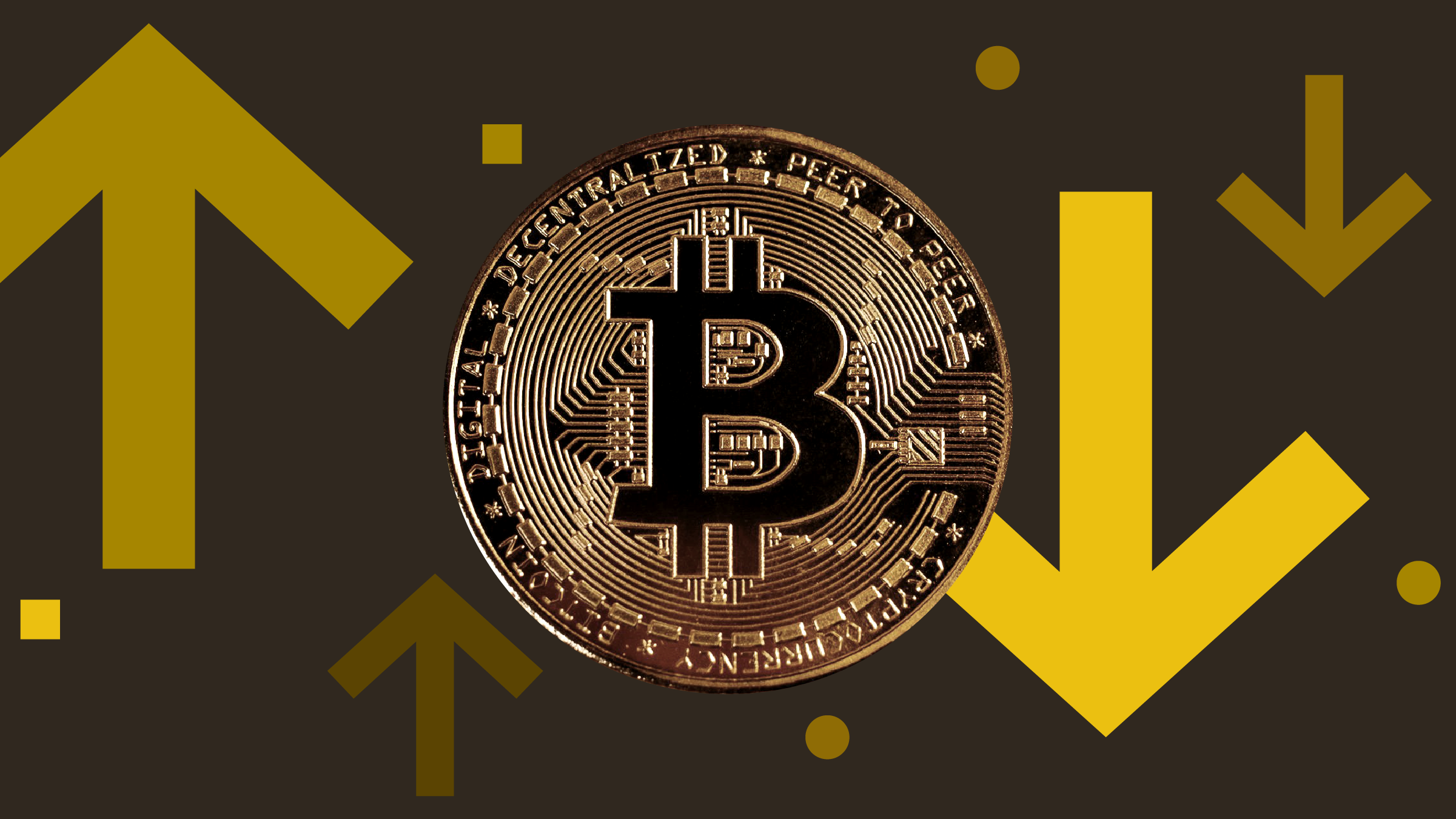The Federal Reserve has kept interest Rates unchanged, maintaining the target range at 4.25% to 4.5%, while signaling a cautious outlook on inflation amid growing tariff pressures. Policymakers also reiterated expectations for two rate cuts later this year, although recent commentary suggests a more uncertain path ahead.
Fed Signals Caution Amid Tariff-Driven Inflation
At his post-meeting press conference, Fed Chair Jerome Powell acknowledged that the U.S. economy remains resilient, noting, “We don’t see signs of weakening.” He stressed that while tariffs have not yet fully impacted consumer prices, inflationary effects are beginning to emerge and will likely intensify in the coming months.
“Everyone that I know is forecasting a meaningful increase in inflation from tariffs,” Powell said, warning that businesses and consumers would ultimately bear the costs.
Divided Policy Outlook: No Clear Consensus on Rate Cuts
The Federal Open Market Committee’s (FOMC) latest “dot plot” shows members are split on the future of rate cuts. Seven members now project no rate cuts in 2025, up from four in the previous meeting. Powell emphasized that “no one holds these rate paths with a great deal of conviction,” underlining the high degree of uncertainty in today’s macroeconomic landscape.
Investor sentiment mirrors this caution. “We’re moving towards a no-rate-cut environment,” said Morgan Stanley’s Jim Caron. Meanwhile, JPMorgan strategist David Kelly urged markets not to expect lower rates soon, warning that tariff-induced inflation could delay the Fed’s easing cycle.
The Tariff Trade-Off: Inflation Over Growth?
Some analysts argue that the Fed is prioritizing inflation control even at the expense of growth. Byron Anderson of Laffer Tengler Investments said the central bank appears “willing to sacrifice employment and GDP growth” to curb tariff-driven inflation.
Despite the inflation risks, Goldman Sachs’ Simon Dangoor noted that the Fed remains sensitive to labor market data and may resume rate cuts later this year if job market weakness emerges.
The Fed’s decision means borrowing costs remain elevated for now. Mortgage rates hover near 7%, while credit card APRs stay above 20%. However, savers continue to benefit from higher yields on savings products.
Markets reacted calmly to the Fed’s announcement. The S&P 500, Nasdaq, and Dow all posted modest gains following the decision.
Also Read: Bitcoin Reclaims $85K as Fed Slows QT: Is the Rally Sustainable?
As Powell summed up, “We are well positioned to wait to learn more about the likely course of the economy.” For now, markets—and consumers—will do the same.
Disclaimer: The information in this article is for general purposes only and does not constitute financial advice. The author’s views are personal and may not reflect the views of CoinBrief.io. Before making any investment decisions, you should always conduct your own research. Coin Brief is not responsible for any financial losses.




